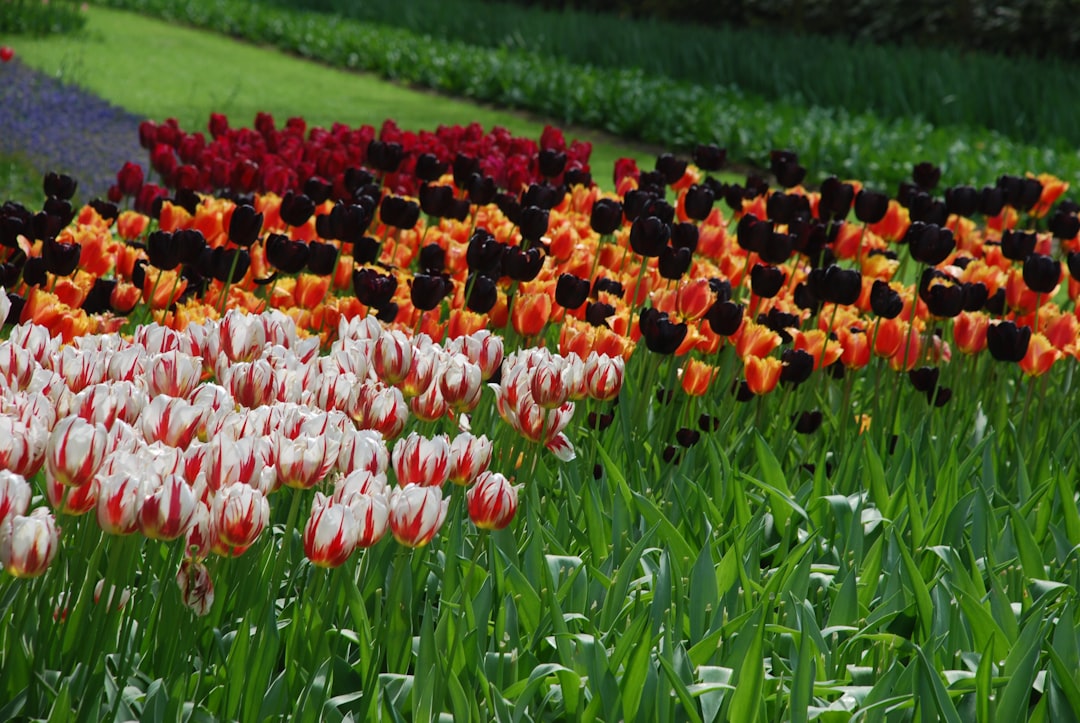Pansies are a beloved addition to any garden, known for their bright and cheerful blooms. One of the most common questions among gardeners is whether pansies are perennials or annuals. To understand this, we need to delve into the nature of these charming flowers and how they interact with different seasons.
Let's first explore the concept of perennials and annuals. Perennial plants are those that live for more than two years. They have the ability to go dormant during harsh seasons, such as winter, and then come back to life when the conditions are favorable again. Annual plants, on the other hand, complete their life cycle within one growing season. They germinate, grow, flower, produce seeds, and die all in a single year.
So, where do pansies fit in? Pansies are technically short - lived perennials. However, in many regions, they are often treated as annuals. This is mainly due to their sensitivity to extreme temperatures. In areas with mild winters, pansies can survive the cold months and bloom again in the spring. Their ability to tolerate cooler temperatures makes them an excellent choice for gardens during the cool spring and crisp fall weather.
During the winter, pansies enter a state of dormancy. Their growth slows down significantly, and they focus on conserving energy. The cold temperatures don't necessarily kill them; instead, they trigger a survival mechanism. The leaves may turn a bit yellow or wilt slightly, but the plant remains alive beneath the surface. As long as the ground doesn't freeze solid, pansies have a good chance of making it through the winter.
When spring arrives, the pansies wake up from their slumber. The warmer temperatures and longer days stimulate new growth. Buds form, and soon, the garden is filled with the vibrant colors of pansy blooms. Their wide range of colors, from deep purples and blues to bright yellows and oranges, adds a splash of color to the early spring landscape.
In the fall, pansies can also be a great addition to the garden. As the summer heat subsides, planting pansies can extend the blooming season in your garden. They thrive in the cooler temperatures and can provide a beautiful display of flowers until the first hard frost. Fall - planted pansies can even overwinter in some areas and bloom again in the spring, giving you double the enjoyment.
To ensure that your pansies survive the, winter and thrive in the spring and fall, there are a few things you can do. First, proper planting is crucial. Plant pansies in well - drained soil. They don't like to have their roots sitting in water, as this can lead to root rot. Make sure the soil is rich in organic matter, which will provide the necessary nutrients for healthy growth.
Second, watering is important. During the growing season, keep the soil evenly moist but not soggy. In the winter, reduce watering, as the plants are dormant and need less moisture. However, don't let the soil dry out completely, as this can also damage the plants.
Third, mulching can be beneficial. A layer of mulch around the base of the pansies helps to insulate the soil, keeping it warmer in the winter and cooler in the summer. It also helps to retain moisture and suppress weeds.
Finally, deadheading is a good practice. Removing spent blooms encourages the plant to produce more flowers. This not only keeps the plant looking neat but also extends the blooming period.
In conclusion, pansies are a wonderful addition to any garden. Whether you treat them as annuals or perennials, they can bring color and beauty to your outdoor space during the cool spring and fall months. By understanding their growth habits and providing the right care, you can enjoy these vibrant flowers year after year.

